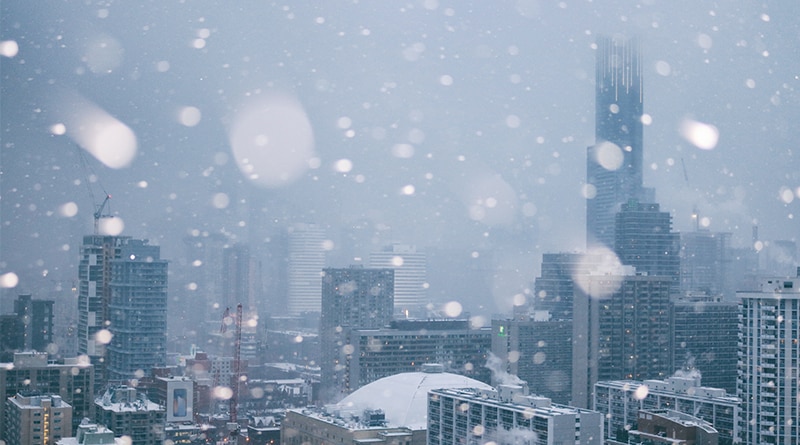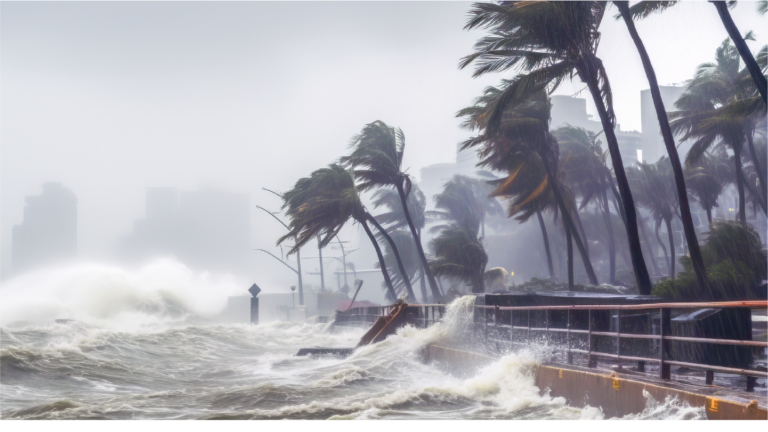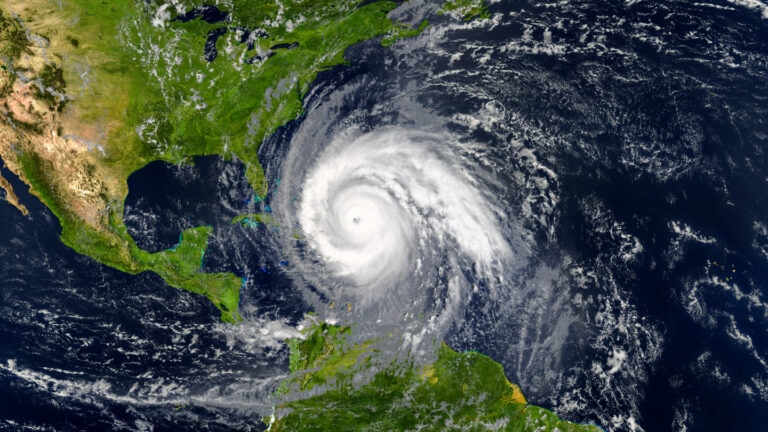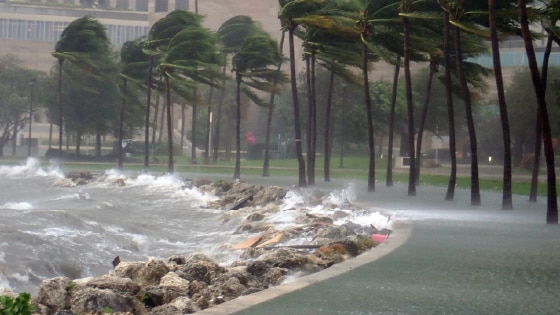
Winter weather conditions can cause major damage to commercial property and loss of business income, as well as the added inconvenience and disruption of having to evacuate an entire hotel or residence due to a frozen attic sprinkler or having to dig out after a snow loading collapse. Now’s the time to take proactive measures to better mitigate winter weather property damage hazards by focusing on the following key areas.
Freezing pipes
Water damage from frozen pipes that burst can be avoided if certain safeguards are taken prior to the arrival of winter. Proactive steps should include:
- A thorough survey of all piping to ensure it is protected from cold drafts. This includes open windows, HVAC ducts that can allow cold air inside, and areas that don’t receive proper heat distribution.
- Wrapping pipes that are vulnerable to the cold with proper insulation – including exterior water pipes that run along the outside of the building.
- Maintaining heat and slow faucet drips in unoccupied or remote building locations, as the lack of warm air can cause frozen pipes and subsequent water damage.
- A quick inspection of water shutoff valves to ensure they operate correctly, because if a pipe bursts, your first step is always to shut off the main water supply.
Fire protection systems
Today, most commercial buildings have automatic sprinkler systems. When the mercury takes a dip, freezing temperatures can cause considerable damage to fire protection systems, causing them to burst. This can result in significant damage to buildings, business property, and electrical systems.
For wet sprinkler systems – where pipes are continually filled with water – winter weather prevention should include:
- An annual inspection to ensure the system and alarm systems are in working order and piping is properly insulated.
- A survey of the building’s condition to identify areas where freezing air can enter.
- Servicing heating equipment as sprinkler systems are not always insulated and depend on heat to prevent pipes from freezing.
Of particular concern are buildings with fire sprinklers in the attic. Hotels, nursing homes, and standalone retail are just a few of the common occupancies where attic sprinklers are typically present.
Dry sprinklers – where pipes are filled with compressed air – are designed specifically to prevent freezing. However, condensation and transient water can sometimes get into systems, causing the water in the pipes to freeze, fracture cast iron fittings and trip the dry system into its water phase. Preparing an attic dry sprinkler system for winter weather should include having you or your sprinkler contractor:
- Drain the pipe system at the low-spot drains. This includes checking to ensure the piping is indeed sloping toward the low spots.
- Check the air pressure in the system.
- Test equipment that monitors low temperature and system air pressure.
Lastly, it’s not uncommon for top floor sprinklers to be fed through piping in the attic. Compared to dry pipes that are made of steel, top floor sprinkler pipes are frequently plastic. Rather than wrapping the pipes, which can cause water to freeze, these pipes should be insulated from above ensuring that the rising heat is captured from the top floor.
A properly installed and regularly maintained wet or dry fire sprinkler system should be capable of withstanding freezing temperatures. General winterizing considerations include:
- Equipping cold spaces, such as attics, with thermometers you can check remotely.
- Maintain building temperatures above 40 degrees 24/7 – including buildings that are unoccupied.
Snow load risks
When it comes to the weight of snow, the type of snow is just as important as the depth. For example, fresh “powder” type snow is typically lighter and contains less water content than wet, heavy, packed snow. Ice is heavier than all types of snow and contains the most water content. During the winter months, a roof system can be exposed to the weight of snow. This is particularly prevalent when snow drifts into certain areas, such as where roof levels change or slope.
According to the Insurance Institute for Business & Home Safety (IBHS) there are many factors that can dictate how a building will perform under the weight of ice and snow, including engineering considerations that may help avoid roof collapses.
- Live and dead load design
- Age of the building
- Age and condition of the roof
- Elevation
- Maintenance during and after a major snow storm
In cases of above average snowfall, removal, especially where snow has drifted, is essential for preventing collapses. Properties where specific attention should be directed include:
- Lightweight structures such as canopies, loading docks, etc.
- Older properties or those that show signs of deterioration.
- Wood truss structures, especially older bow types.
- Light metal joisted construction where areas of known drifting have not been reinforced.
According to the IBHS, the collapse “danger zone” is based on the estimated depth of various types of snow and ice that exceeds 20-25 pounds per square foot (psf) of roof area, and should be a signal to have snow removed. When it comes to snow load risks, it is the total amount of accumulated snow and ice that matters. The IBHS offers the following guidelines for estimating the weight of snow:
- Fresh snow: 10-12 inches of new snow is rough equal to one inch of water, or about 5 psf of roof area.
- Packed snow: 3-5 inches of old snow is roughly equal to one inch of water, about 5 psf of roof area.
- Ice: One inch of ice equals about a foot of fresh snow, or about 5 psf of roof area.
If you spot indications that a roof is deflecting under the weight of the snow in certain areas, don’t wait. Keep people away from the danger zone and enlist the help of a professional snow removal expert.
Liberty Mutual offers a number of action plans to help you deal with weather’s wrath. For more information on how to prepare for winter weather, hurricanes, hail and more, visit our severe weather resources page.
Related insights
This website is general in nature, and is provided as a courtesy to you. Information is accurate to the best of Liberty Mutual’s knowledge, but companies and individuals should not rely on it to prevent and mitigate all risks as an explanation of coverage or benefits under an insurance policy. Consult your professional advisor regarding your particular facts and circumstance. By citing external authorities or linking to other websites, Liberty Mutual is not endorsing them.



